What you should (and shouldn’t) do with all of your old phone chargers and other e-waste
Envirotec Magazine
OCTOBER 20, 2023
Chargers and cables consist of various plastics, metals and other materials that do not decompose naturally. Polyvinyl chloride – commonly known as PVC – is a plastic that is often used in chargers and cables. PVC also fragments into harmful microplastic particles. E-waste frequently ends up in landfill.


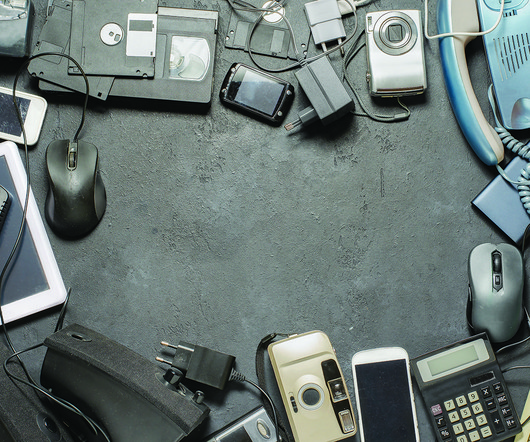
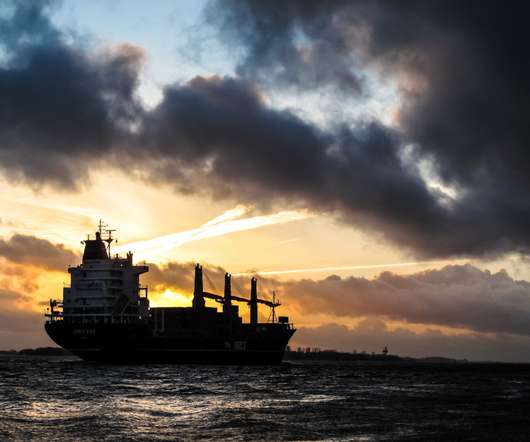

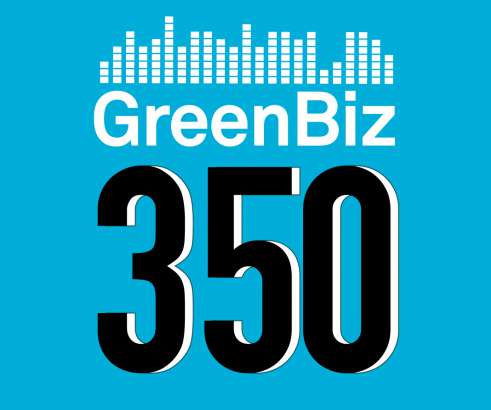
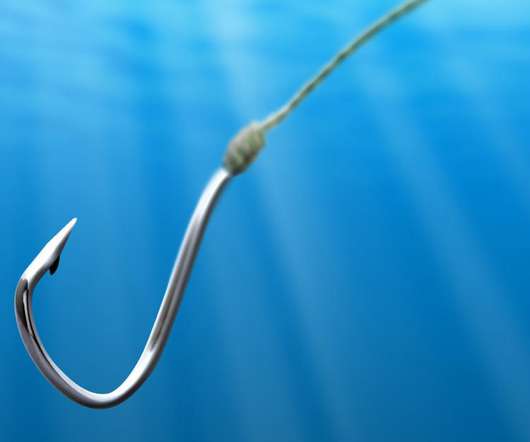
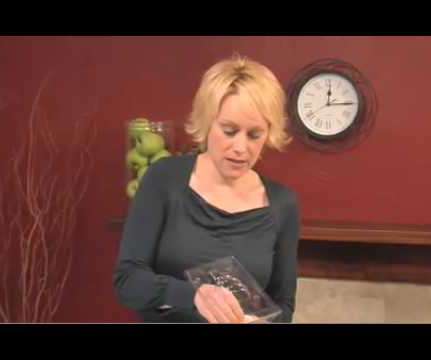
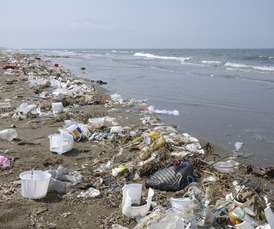
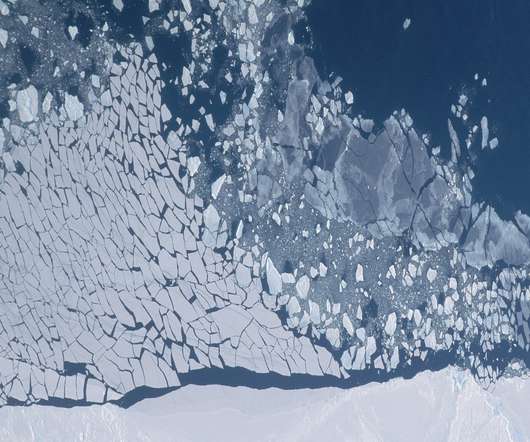

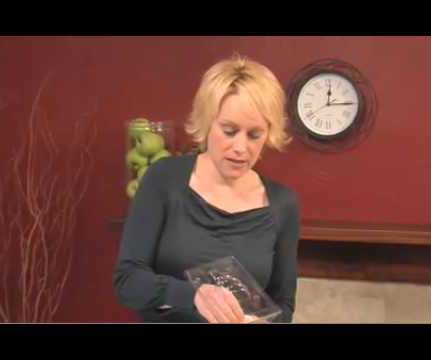








Let's personalize your content